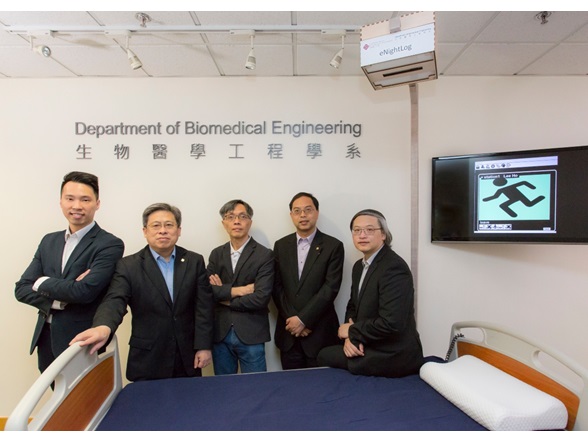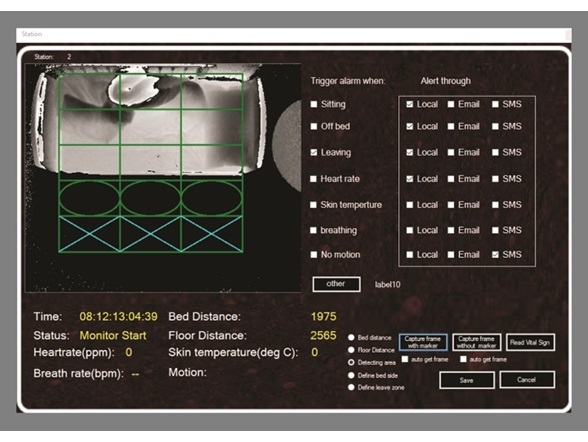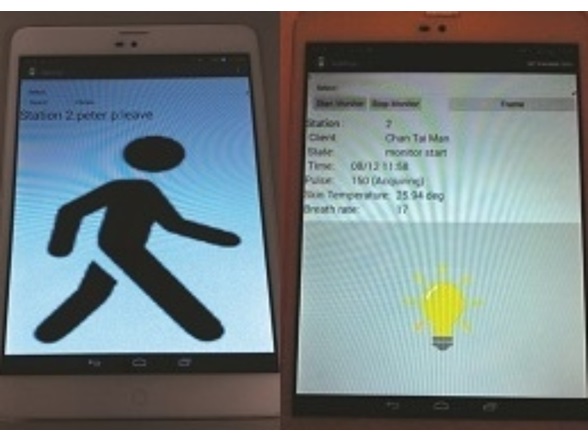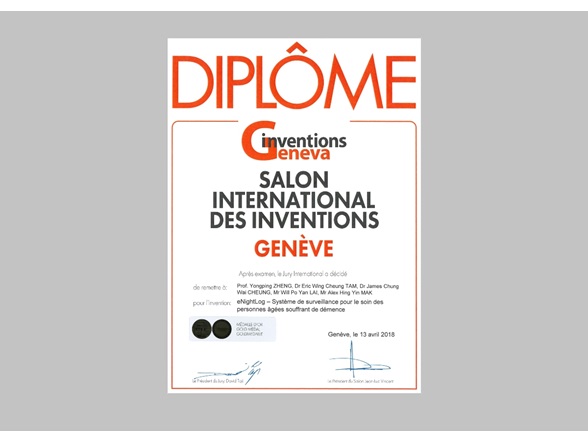Population ageing is a global trend and poses unprecedented challenges to the healthcare system. According to a forecast by the Census and Statistics Department, almost every one in three Hong Kong people will be aged 65 or above and one out of ten elderly persons will be suffering from dementia by the year 2040[1]. In addition to dementia, common age-related health issues such as physical weakness and mobility problems make the elderly more susceptible to falls. Physical and chemical restraints, such as straitjackets and sleeping pills respectively, are usually used in nursing homes to keep the residents safe. However, restraint use has become an ethical issue as it is often indiscriminate and excessive. There are actually more effective ways to prevent falls and wandering among the elderly with dementia such as giving them individual attention and supervision. Yet, that may not be a viable option for nursing homes with tight resources. Ir Prof. Yongping Zheng, Henry G. Leong Professor in Biomedical Engineering and Head of the Department of Biomedical Engineering, led a research team to develop a discreet and smart monitoring system for real-time monitoring of the activities and vital signs of nursing home residents. When abnormalities including behaviours or vital signs are detected, the caretakers will be alerted so that timely support can be given. We are honoured to have Dr James Chung-wai Cheung, Senior Scientific Officer, explaining the mechanism to us in details.
Problems with physical restraints
People with dementia have compromised mental abilities. They may detach themselves from monitoring devices or restraints, and go astray even if they only mean to step outside briefly for fresh air or to return to their homes. Elderly people with dementia are also frail and have weaker sense of balance. They are therefore likely to fall and get hurt. Physical restraints to limit their freedom of movement seem to be a logical way to protect them. However, studies suggest that physical restraints are less effective than other methods to reduce falls and accidents. “Physically speaking, a person lose muscle strength and bone mass if not allowed to move for a long time. That means he is more likely to fall when restraints are removed. Besides, there is also a psychological side to it. Restrained residents are likely to develop low self-esteem, anxiety and even depression,” explained Dr Cheung.
eNightLog: detects activities and vital signs
In Hong Kong, most nursing homes have minimal staff support at night and residents receive less attention. eNightLog is an intelligent system that combines remote sensors, image processing, machine learning, big data analytics, Internet of Things (IoT) and cloud-based apps to help nursing home caretakers monitor residents’ activities and sleep patterns more easily. First of all, 3D infrared and impulse radar sensors are discreetly incorporated above dropped ceilings or in lighting fixtures so that residents do not feel watched. The infrared sensor tracks residents’ activities at night while the impulse radar detects their breathing rate. The data collected are then analysed by a computer with artificial intelligence. If a resident leaves his bed, the system will alert the caretaker with a warning sound through the computer at the nurses’ station and his smartphone, so that the caretaker can offer help and attention. “Using sequence-based handling to analyse infrared images, the system is able to tell whether a resident is out of bed or in bed. In some tests done in a real hostel for the elderly, it could correctly detect a person leaving his bed 100% of the time,” Dr Cheung added. The infrastructure of the system is highly scalable and can be expanded to monitor more people simultaneously. The research team is actively exploring the use of the monitoring system with wearable devices, such as health tracking wristbands that detect a resident’s pulse, body temperature, blood pressure and sleep quality, providing more health data to caretakers to ensure the safety of residents. Caretakers can even set a normal range for each vital sign for each resident according to his conditions, beyond which an alert message will be sent to prompt timely assistance. eNightLog is being clinically tested at Jockey Club Centre for Positive Ageing at present and will be adopted by three more nursing homes in the next two years.
In April 2018, eNightLog won a gold medal at the 46th International Exhibition of Inventions of Geneva, Switzerland.






